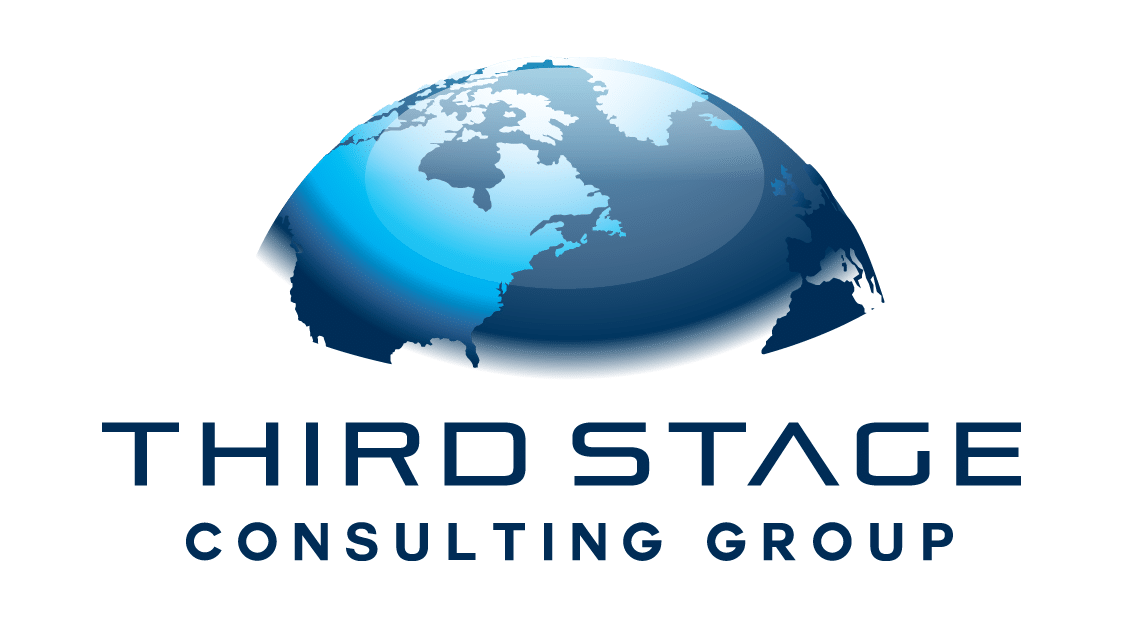Top 10 Types of Business Software [ERP, Accounting, Supply Chain, CRM, Marketing Automation, etc.]
![Top 10 Types of Business Software [ERP, Accounting, Supply Chain, CRM, Marketing Automation, etc.] 1 Top 10 Most Commonly Selected and Implemented ERP System Space Image](https://www.thirdstage-consulting.com/wp-content/uploads/2022/11/alexander-andrews-yOIT88xWkbg-unsplash-686x1024.jpg)
The beauty of growing a business today lies in the availability of numerous technologies and software that can aid in its expansion. However, it is important to understand the various types of technologies that are at your disposal. This is what I aim to discuss in this article.
During our clients’ digital transformation journeys, one of the initial questions we often receive is regarding the suitable technology options available in the market. They inquire about the different software types and which one is the best fit for their organization. Ultimately, they want to know which software will enable their business growth most effectively. Today, I would like to discuss the top 10 types of business software that you should consider and understand as part of your digital transformation journey.
Digital Strategy Dilemma: Choosing Between Software Build vs. Buy In Digital Transformation

When guiding clients through their digital strategies and transformation journeys, one of the initial questions that arises is whether to build or buy software. Before delving into the discussion, I would like to acknowledge that most individuals hold strong opinions on this matter, particularly those with extensive industry experience. For instance, those working for software vendors tend to lean towards the buy option, while individuals employed by custom development shops or developers themselves often favor the build option due to their areas of expertise. However, it is important to transcend these biases and objectively examine the two distinct paths available in the digital transformation journey.
Why Defining “Why” is Key to Digital Transformation and ERP Implementation Success

In the realm of digital transformation, I believe we can learn from our childhood curiosity. We should embrace the habit of asking questions, challenging the status quo, and questioning the current practices. For example, we should question why we are conducting projects in a certain way, why we rely on external vendors to dictate our project execution, or why we tend to mismanage project scopes. Today, I will discuss the importance of asking these “why” questions and identifying the areas that require such inquiries.
How to Build An Effective Organizational Change Management Team

Assembling the appropriate organizational change team for a digital transformation is crucial. Today, I will discuss how to define and structure this team for effective organizational change management, ensuring ultimate success.
Automated Slider Test
Digital Strategy Methodology: An Insider’s Guide to Digital Transformation Success

Today, I will introduce a digital strategy framework that we utilize with our clients. This framework helps organizations and project teams understand the various factors they should consider, address, and think about when defining their digital strategy.
A First-Time Project Manager’s Guide to Digital Transformation

If you have been selected to be the project manager for your digital transformation or ERP implementation, chances are high that this is your first time leading such a project. So, what do you need to know and what do you need to do as a first-time project manager?
Vanilla ERP Systems vs. Software Customization: Which is the Better Digital Strategy?

When assisting clients in their digital transformations, one of the most significant questions and points of contention we encounter is whether to use the software as it is or customize it to suit specific needs. While most organizations tend to prioritize standardization and utilize standard functionality, they eventually realize that it is not always feasible to rely solely on out-of-the-box solutions. More often than not, some level of customization, third-party bolt-ons, or modifications to the software is necessary. Today, I would like to discuss the different models, including a middle ground approach, and help you determine the best course of action for your organization. Additionally, I want to take this opportunity to share the risks and trade-offs associated with each path.
La fin du logiciel Microsoft Great Plains est prévue pour 2025 – Tout ce qu’il faut absolument savoir !

Un système ERP est, par bien des aspects, une entité vivante qui évolue au sein d’une organisation. Pour fonctionner avec succès, ces systèmes requièrent un certain niveau d’attention, même une fois la mise à niveau achevée. Bien que beaucoup considèrent les logiciels ERP comme un investissement rentable, il ne s’agit pas pour autant d’une solution immuable. Il arrive un moment où les systèmes plus anciens deviennent difficiles à gérer et doivent être remplacés. Les fournisseurs d’ERP ont alors le choix entre continuer à proposer leurs anciens produits ou établir un plan de “fin de cycle de vie” dans l’espoir que les clients puissent évoluer vers la version la plus récente.
Why Digital Transformations Cause Business Disruptions…And How to Minimize Those Disruptions

When organizations begin a digital transformation, it often results in a significant shock to the system. This transformation can be highly disruptive, causing chaos and turmoil within the organization. In this discussion, we aim to understand the reasons behind this shock to the system that many digital transformations experience.
What is Automation? [Intro to Software Automation, Robotics, RPA, AI, and Intelligent Automation]
![What is Automation? [Intro to Software Automation, Robotics, RPA, AI, and Intelligent Automation] 10 Space Positive inspiring quote motivation Instagram post](https://www.thirdstage-consulting.com/wp-content/uploads/2022/08/Space-Positive-inspiring-quote-motivation-Instagram-post-1024x1024.png)
Digitalization is driving the trend of automation in the world today. It’s important to understand what automation is, its different dimensions, and how it impacts your organization.
How to Overcome Digital Transformation Pressure and Chaos [Sources of Stress and Ways to Cope]
![How to Overcome Digital Transformation Pressure and Chaos [Sources of Stress and Ways to Cope] 11 Space Image](https://www.thirdstage-consulting.com/wp-content/uploads/2023/05/luca-calderone-y6h0NGgz0Jo-unsplash-683x1024.jpg)
Digital transformation can create significant stress for organizations and their employees, causing disruption in projects. It is important to understand these stressors and find ways to overcome them. In this text, we will explore the stressors of digital transformation and strategies for coping with them.
